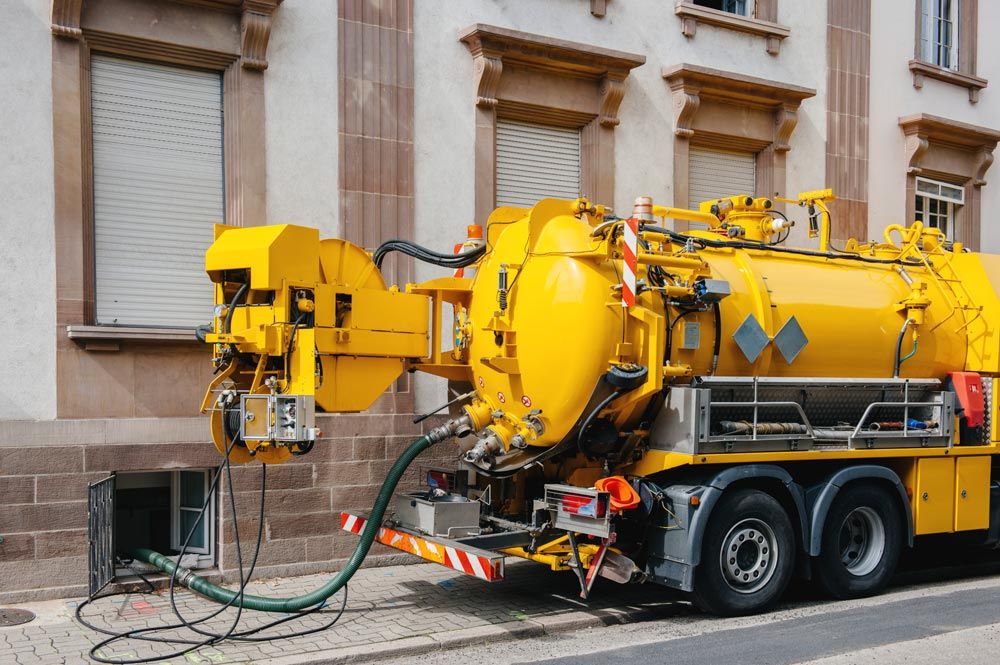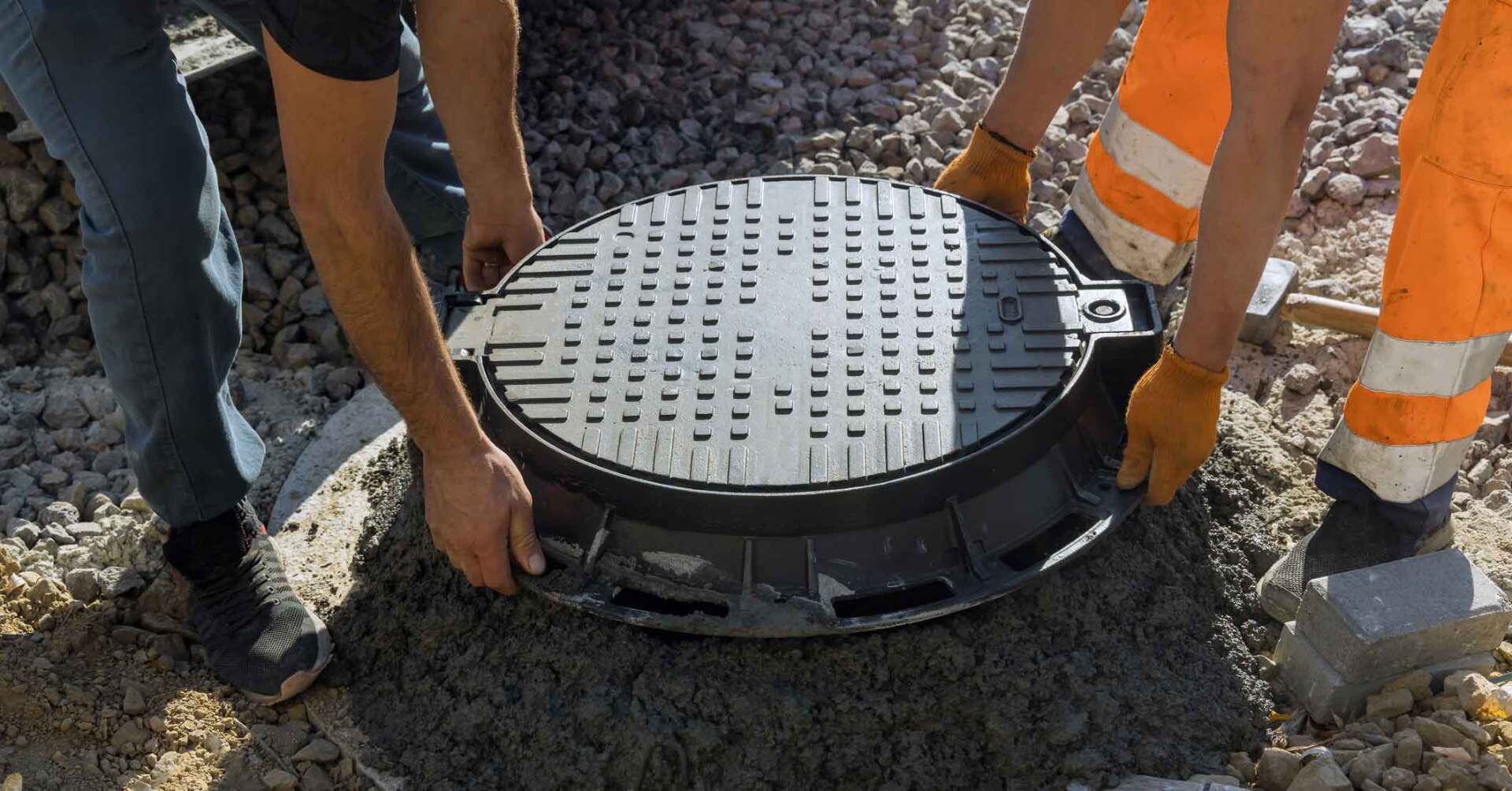7 Types of Septic Systems

Proper wastewater disposal in your residential or commercial place is crucial for a healthy and comfortable environment. A good septic system will prevent wastewater leakage and the spread of bacteria or harmful gases in your place. Clarity about various types of septic systems is necessary before you have any of them constructed in your home or commercial place.
Below you will find detailed information about the seven types of septic systems you can choose from.
1. Mound Systems
A mound system can be a consideration if your place's bedrock or soil depth is shallow. Also, ensure your place doesn't have low groundwater if you want to construct a mound septic system. A sand mound is a significant part of the system since it acts as a drain field. The sand in the mound system filters wastewater, which then spreads into the soil.
Before you construct a mound system, ensure your place has adequate space. Also, mound septic systems require more regular maintenance work to keep them functional.
2. Chamber Systems
Chamber systems are gravelless drain fields that have been around for over three decades. A chamber system can reduce the possibility of damaging backups and improper drainage in a place with a high water table.
A chamber system has connected pipes, which direct wastewater from a building to the septic tank and later to chambers. The wastewater then seeps through the soil that surrounds the chambers, allowing for its treatment by soil microbes. Later, the treated wastewater spreads into the soil and then moves down to add to the groundwater.
3. Constructed Wetland Systems
A constructed wetland system is a good option if water can't penetrate the soil in your place. As the word suggests, the system must have a wetland cell, where effluent from the septic tank will enter. For stability, there should be a solid bottom to fit the wetland cell. Also, the wetland cell must have aquatic plants to aid the effluent breakdown and ensure that the cell doesn't have any nutrients.
4. Septic Tank Systems
A septic tank is an underground chamber where the wastewater treatment process occurs. During wastewater treatment, lightweight materials, like grease, float at the tank's top, while heavyweight solids move at the tank's bottom.
Common types of septic tanks are fiberglass septic tanks, concrete, plastic, and steel septic tanks. Fiberglass septic tanks are lightweight, which makes their installation more convenient, while concrete ones have extended lifespans. Lastly, plastic septic tanks are cheaper and lightweight, while septic tanks made of steel are durable but prone to rust at some point.
5. Drip Distribution Systems
Piping laterals of a drip distribution system eliminates the need for a traditional gravel-based wastewater drain field. A pump tank, soil distribution area, septic tank, and dosing chamber are key parts that make up a drip distribution system. Unlike many other septic systems, drip distribution systems require adequate electrical power, which makes them costlier. Also, they require more maintenance work to keep them operational.
6. Cluster Systems
A cluster or community system is a good option if you and your neighbor want your places' wastewater to collect in the same septic system. Cluster systems use several drain field options, like a traditional wastewater drain field, a drip distribution system, or a constructed wetland system. A cluster system's wastewater treatment and distribution/dispersal system should be near the served buildings.
7. Conventional Systems
A conventional system can be a good option if you have a small business building or a single-family residential property. A septic tank, a geo-fabric layer, and a drain field are the major parts of a conventional septic system. The major purpose of a geo-fabric layer is to keep a drain field safe from any contaminants.
DIY septic system installation is not only complex but also risky. For quality and safe septic tank installation services, call us today at The Nibbler Company .




